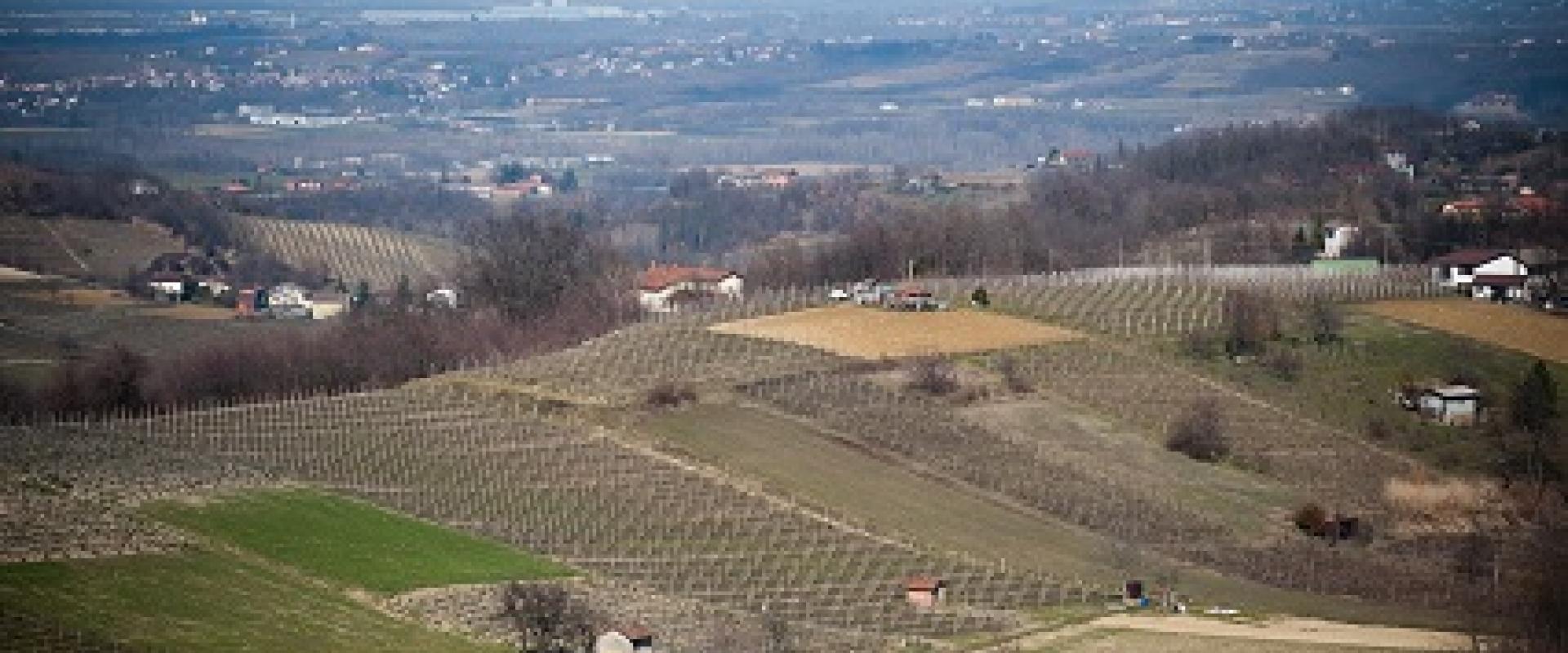A little bit of history: Dolcetto di Ovada from the 1800s to the beginning of 1900 – part I.
I happened to read an article, published in a local quarterly magazine called URBS, depicting the history of viticulture in the Ovada region, from the 1800s to recent times. It is unbelievable how the same problems seem to re-occur.
The best period for viticulture in our area seems to have been from the early 1800s to the early 1900s, when viticulture became the prevailing activity here.
The cause appears to be an increase in the population: from about 4,500 people in 1806, to 12,300 in 1901, just in the Ovada township alone, and from 22,000 to 42,300 in the surrounding communities: an impressive growth, to say the least, that threw the ratio between people and resources off balance, thus creating the necessity to cultivate previously fallow land, and generate the income needed for survival.
This coincided also with a susbstantial break-up of large properties owned by the Genoese nobility, as well as the sale of state and church-owned lands to small proprietors-growers.
Small, family-owned farms were well suited for viticulture, especially back when it was quite labor intensive and because of the local terrain configuration.
We are told that the (annual) yield was about 80,000 barrels: except for small amounts kept for local consumption, 25,000 were shipped to the (Ligurian) coast and the remainder to Lombardy. Imagine selling out the whole production in such a small area today!
Back then, vineyards were so common, that some people feared that viniculture would displace other forms of agriculture.
Although the yield at the time was impressive (about 5,500 metric tons in 1908 vs. about 3,400 in 2010) it was not just a matter of quantity, but also of quality; this outstanding characteristic of the Ovada territory, even in those days, allowed us not to be affected by the prominbence of other wine producing areas of Piedmont.
Also unbelievable are other similarities with today: we are told that, at the end of the 19th century, peronospora and powdery mildew were beginning to appear (today we have GY/Phytoplasma); and tthat the competition of Southern-Italian wines was being felt (don't we wish we just had to worry about those, today!).
Until the next chapter: bye-bye!
Tomaso

